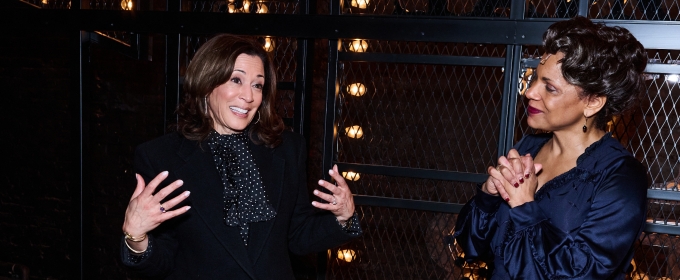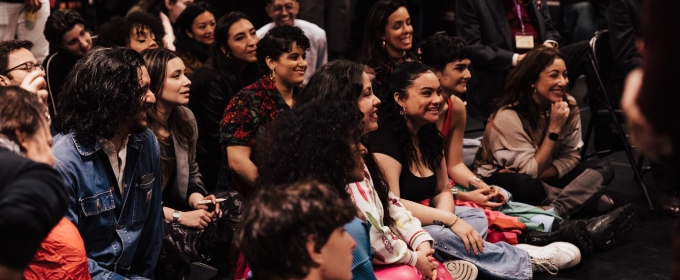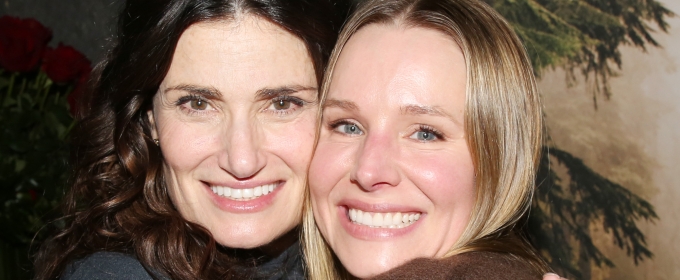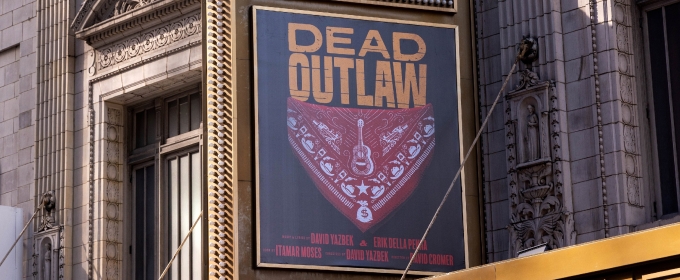Trending Stories
Recommended for You
SUNSET BOULEVARD to Play Final Performance in July
The final performance will take place on July 13.
FINN Musical Comes to Town Hall Following Kennedy Center Tour Cancellation
The cast will include Andrew Rannells, Kelli O’Hara, Lea Salonga, and more.
THE HUNGER GAMES: ON STAGE Will Premiere at Specially-Built Venue in London
The production will begin performances on Monday 20 October 2025 at the new Troubadour Canary Wharf Theatre
Original OH, MARY! Stars Cole Escola, Conrad Ricamora, and James Scully To Return This Spring
The trio will return to the smash comedy on April 8, 2025.
Ticket Central
Industry
West End

Interview: Naomi Westerman on Queer Joy, Anthropology and Her Play PUPPY
'It has the best porny Agatha Christie gag you'll ever see'
'It has the best porny Agatha Christie gag you'll ever see'
New York City
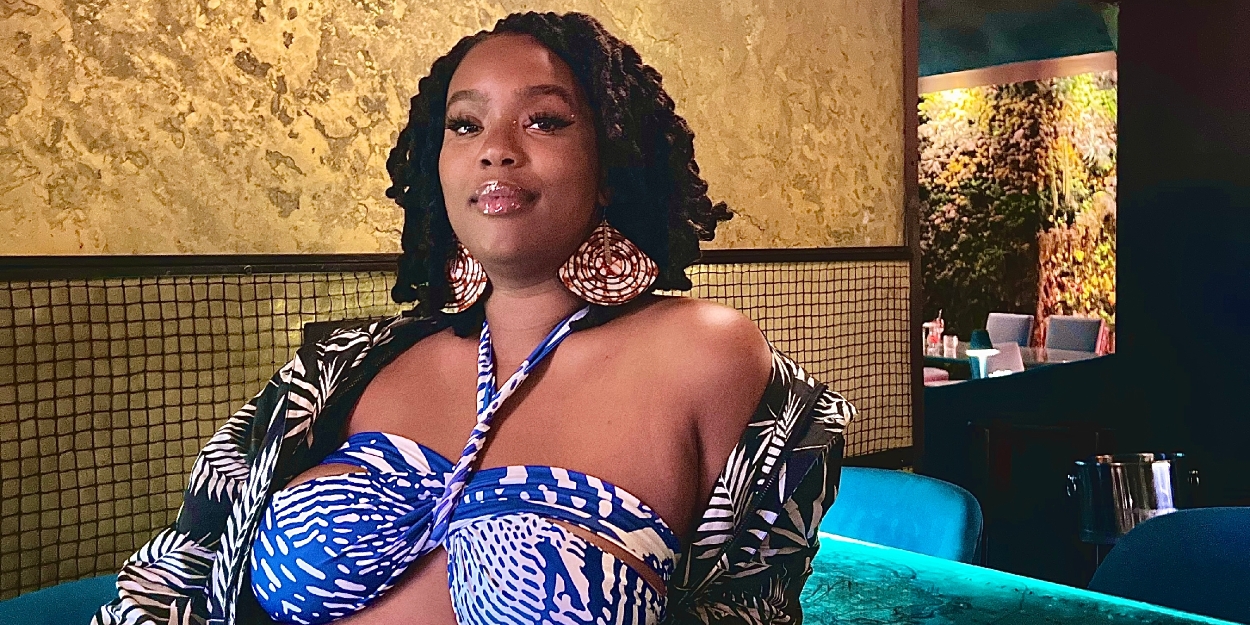
Interview: Find Release & Connection with Songwriter Charlene Jean at 54 Below
The NEW WRITERS AT 54! show on 3/11 marks the emerging songwriter's 54 Below debut
The NEW WRITERS AT 54! show on 3/11 marks the emerging songwriter's 54 Below debut
United States

Photos: SUCH SMALL HANDS World Premiere At Bette Aitken Theater Arts Center
Running from February 28 to March 23, 2025, on the Fyda- Mar Stage at the Bette Aitken Theater Arts Center.
Running from February 28 to March 23, 2025, on the Fyda- Mar Stage at the Bette Aitken Theater Arts Center.
International
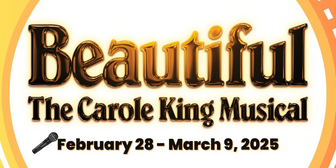
Review: Orpheus Musical Theatre's Production of BEAUTIFUL: THE CAROLE KING MUSICAL
The production will run through March 9, 2025.
The production will run through March 9, 2025.


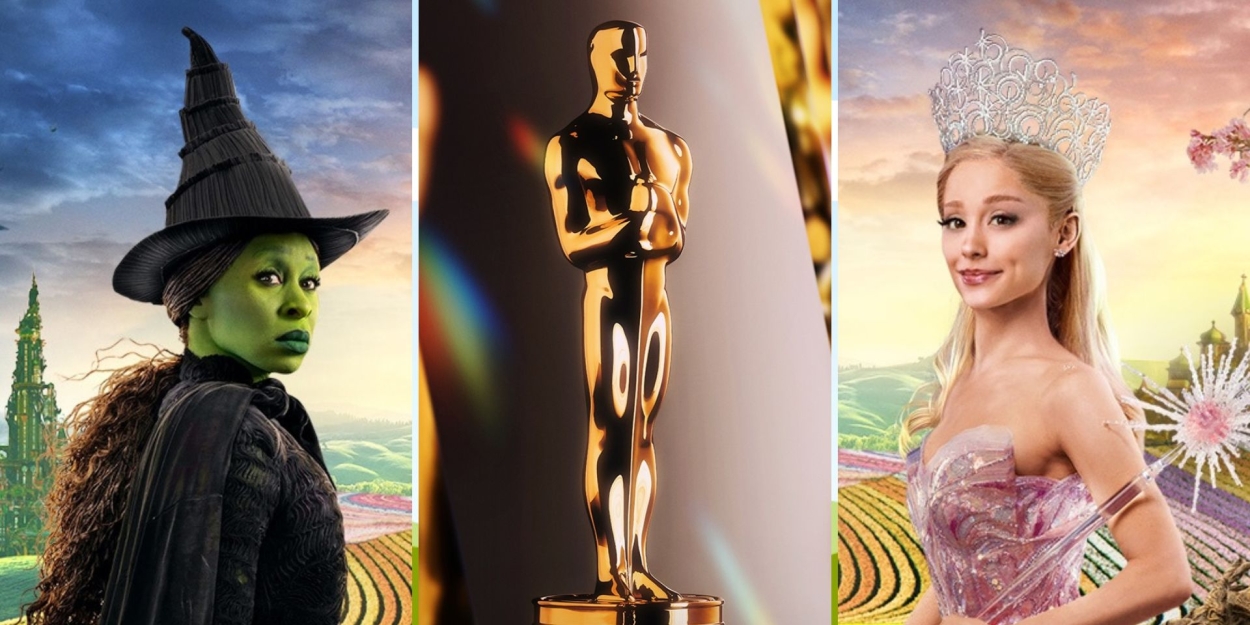


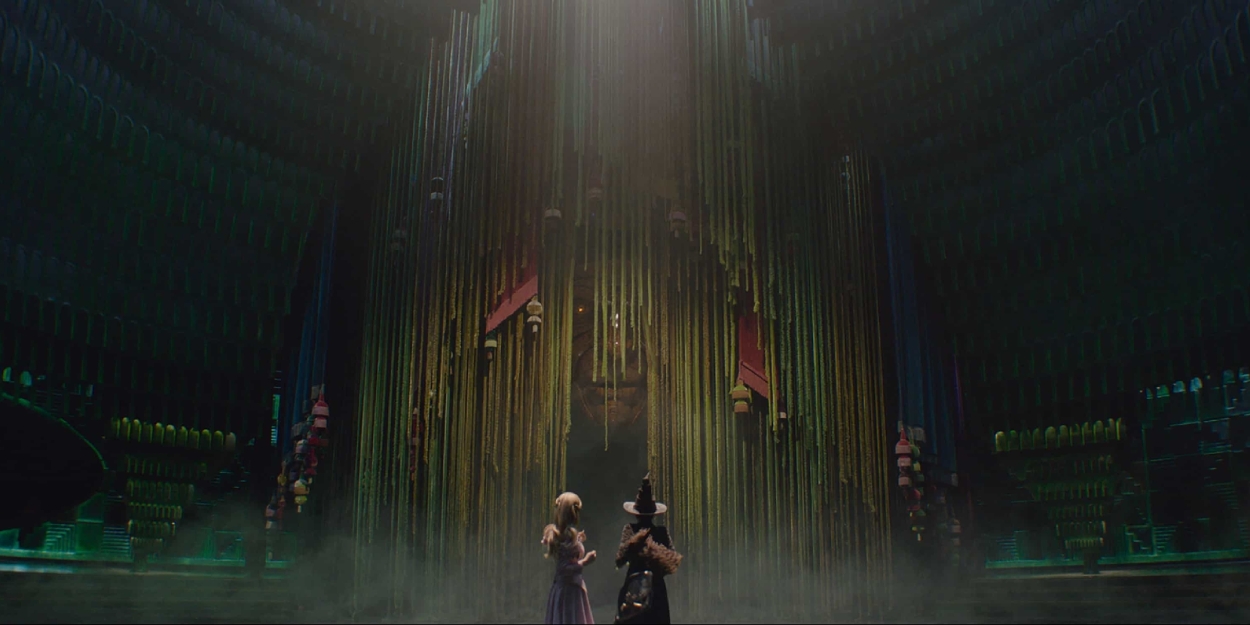
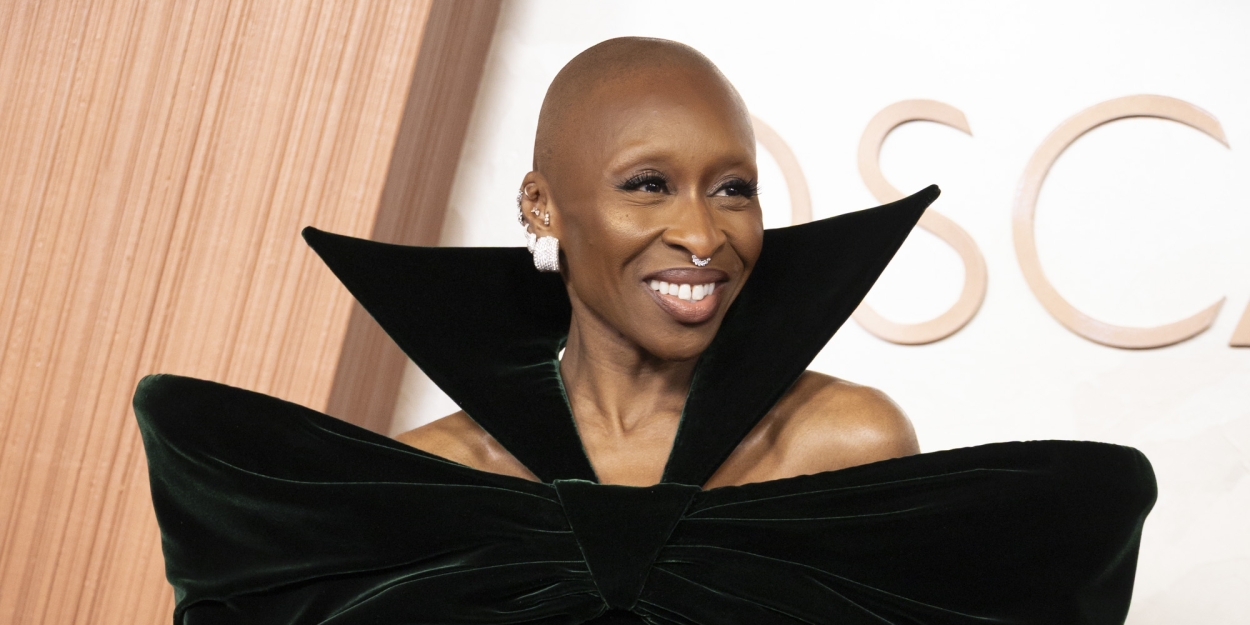
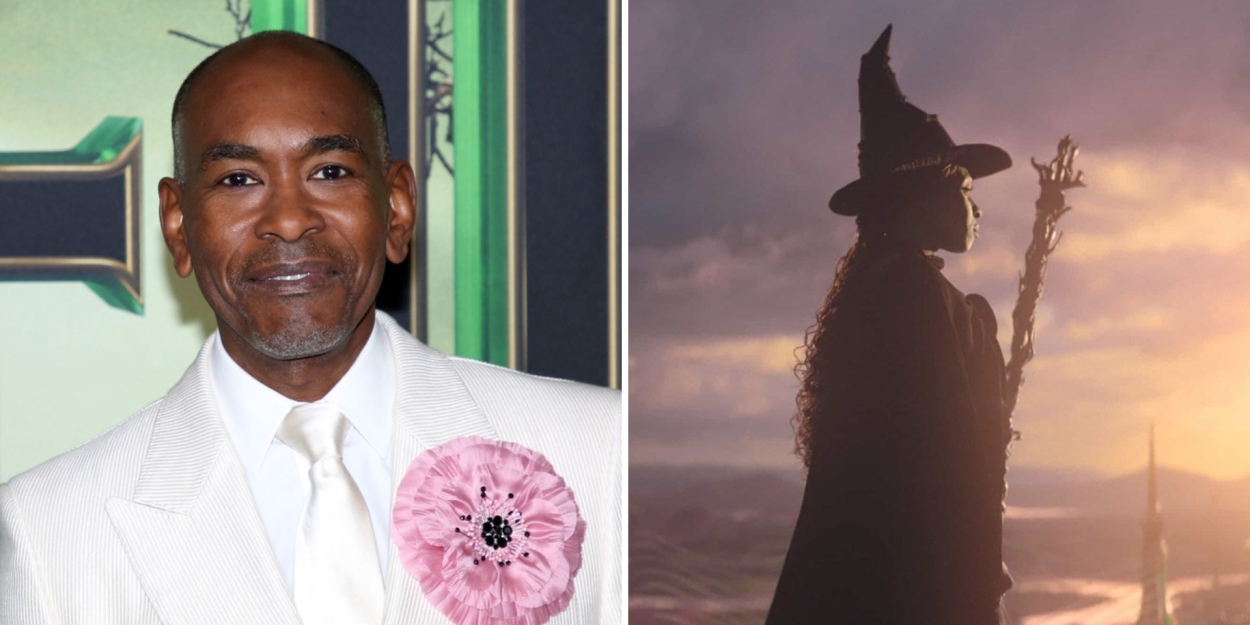












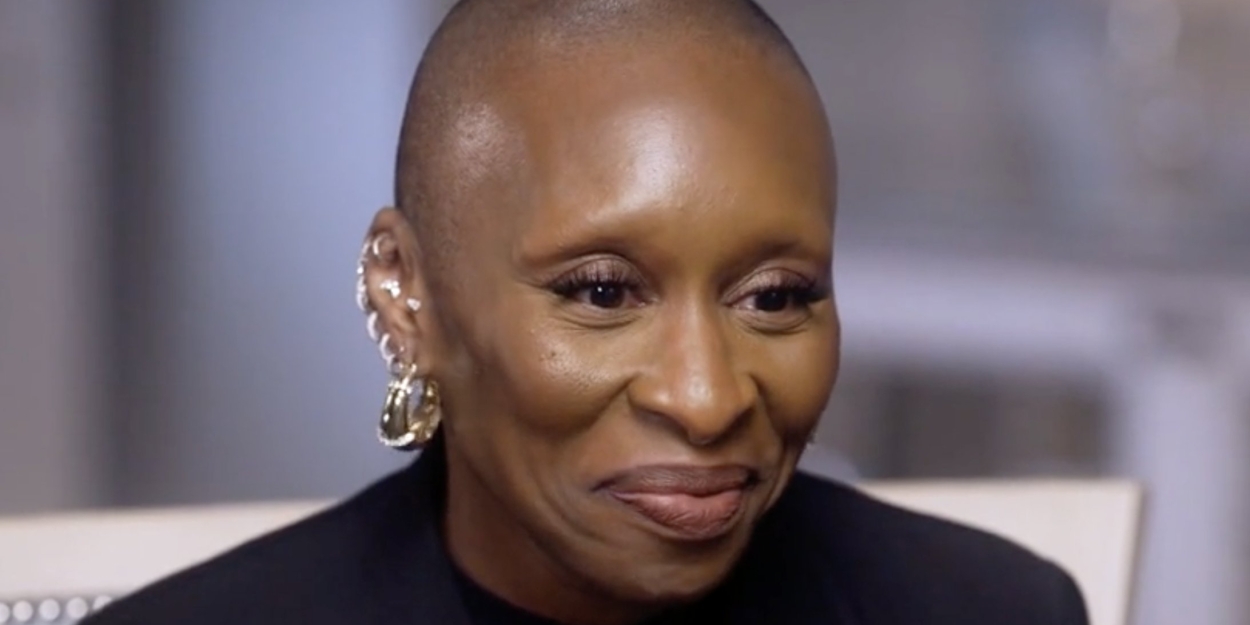
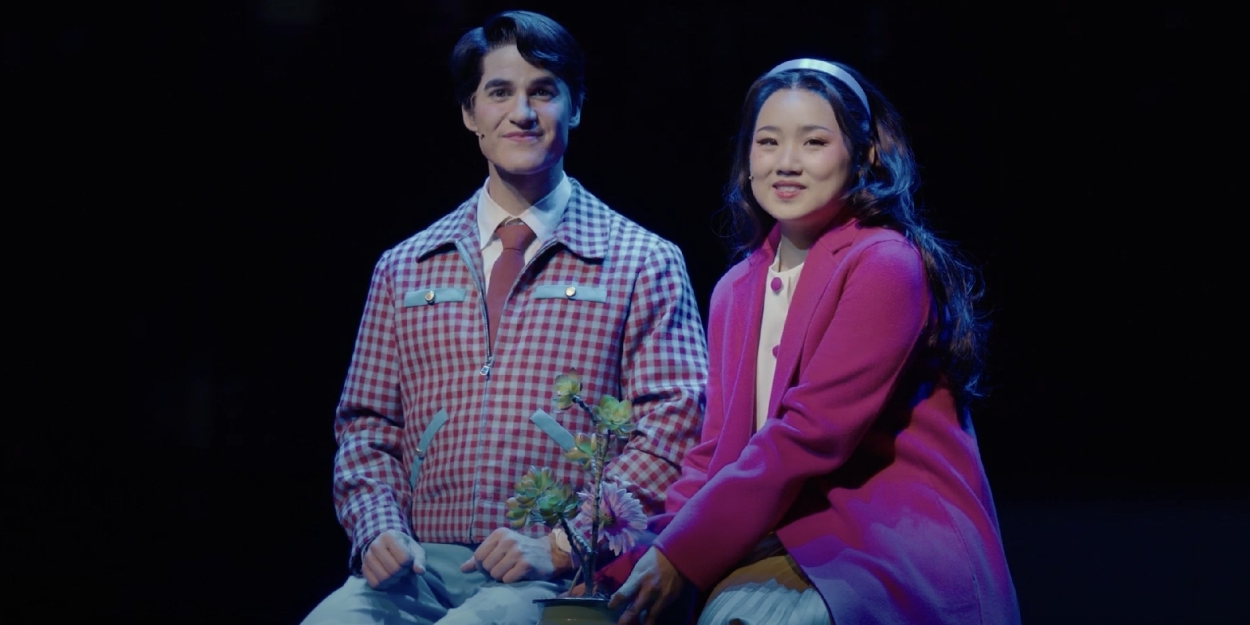












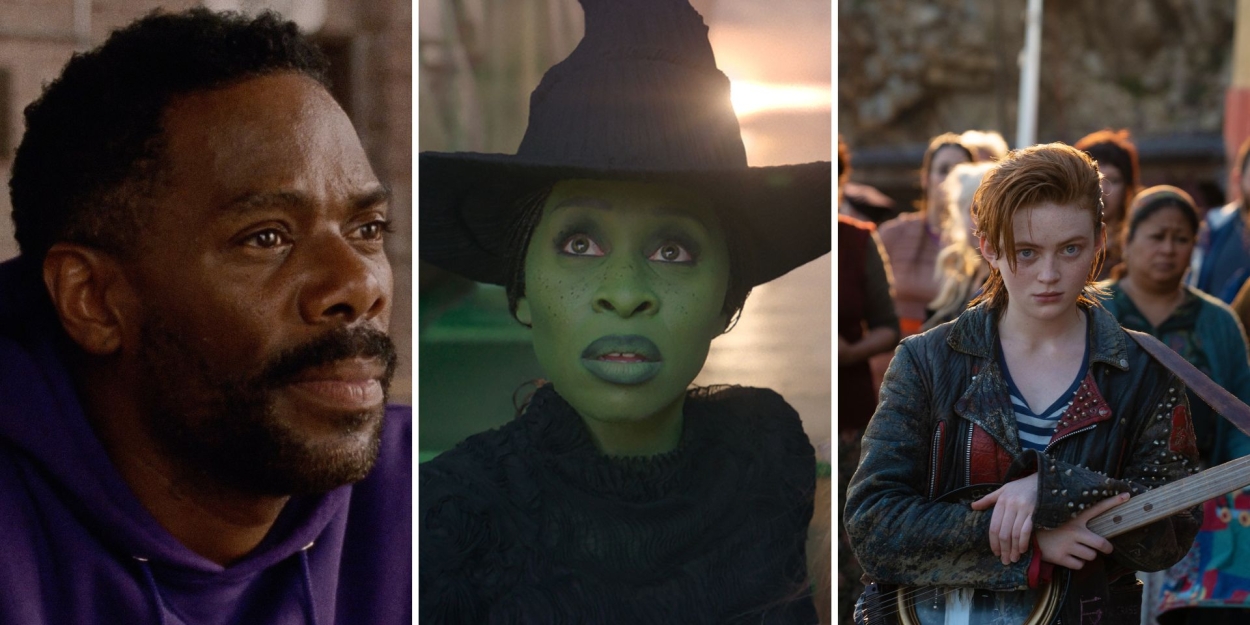













.jpg)













